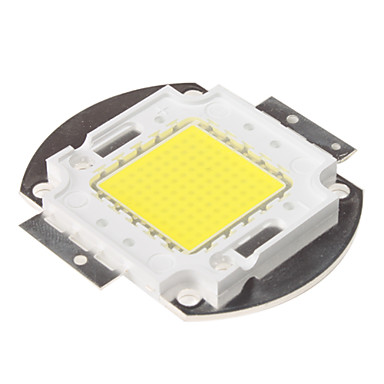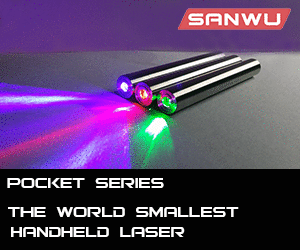Diagram of a parabolic mirror
Your response: A conveyance of utter indifference to the initial interpretation put forth,
merely a statement so devoid of humour, by its very nature seemed bloody hilarious. Love it

try a build with XPG-2 emitter de-domed using big aspheric head, run it hard with a BIG copper heatsink:eg:
Finally someone gives the bloke a piece of practical advice

@thestug. Follow Mr. Cyparagon's advice and ditch that LED. The key here in laymans terms is that the smaller the emission surface relative to the optics (reflector, aspheric, whatever) the further it will throw. In this instance you would require massive optics to achieve any amount of luminous intensity ("throw").
If you are looking for a throwy beam without any spill you should look at starting with an aspheric flashlight (assuming you are looking for a handheld option). The
JAX Z1 is an excellent quality host with a big, beautiful AR coated glass aspheric lense. Utilizing a dedomed XP-G2 LED will yield a very tight and "throwy" beam. Dedoming the LED causes the Luminance (emitted intensity per square area, often referred to as 'surface brightness') to almost double since it greatly reduces the perceived emission area, (see here for more on Luminance and the effects of dedoming,
Flashlight Optics - Dome, Dedoming and Throw). Here's a list of parts that you would need to complete a build like this:
JAX Z1 host (see
here for a review)
CREE XP-G2 S2 1D
FET Driver - 22mm
Efest Purple 26650 3500mAh
With the aforementioned build using the above parts one could expect in excess of 200 kcd (I.e. Luminous intensity/candela,
see
here for more on what candela means and how it is calculated). There's also a thread on BLF detailing this exact build
and what one can expect with a setup like this.
Jax Z1 XP-G2 S2 dedomed @5A





